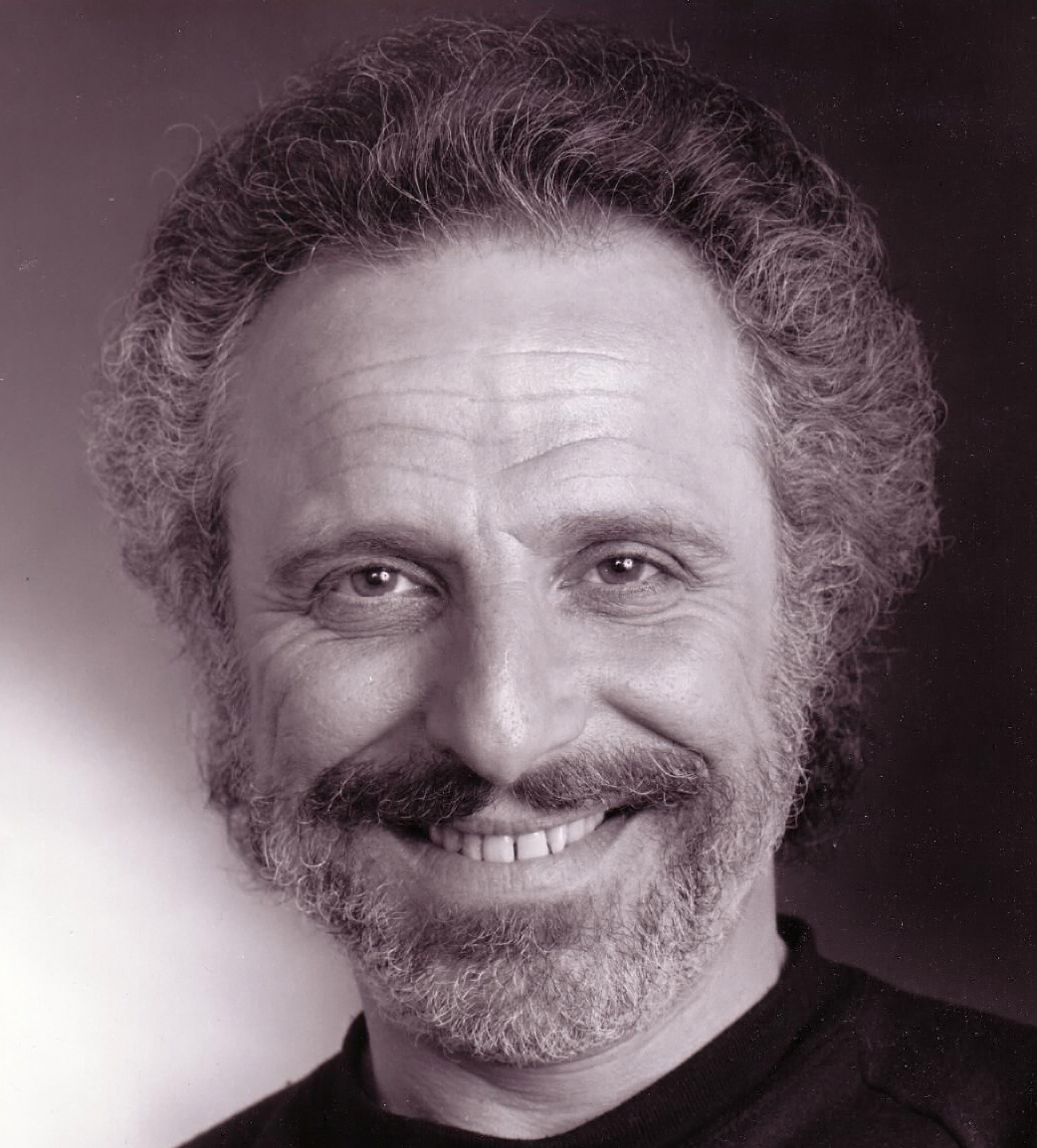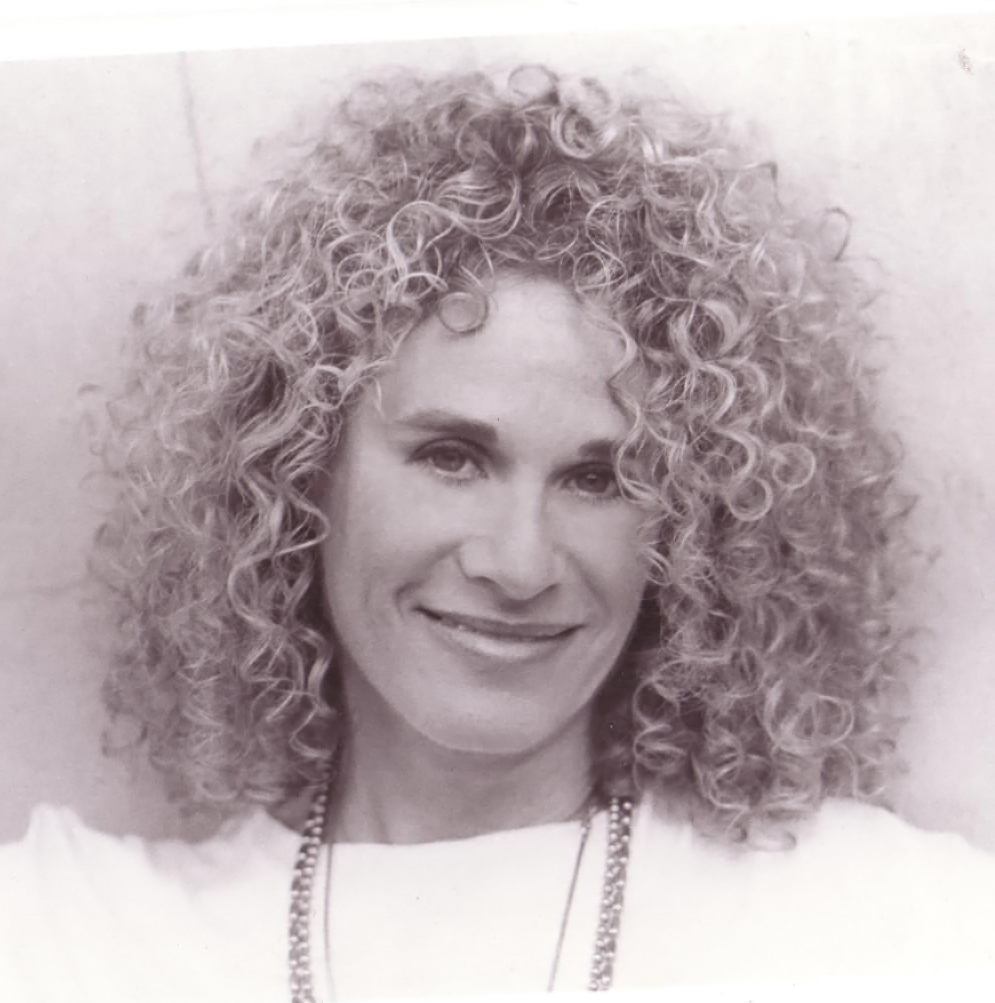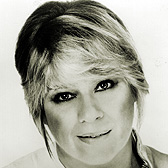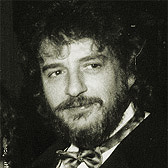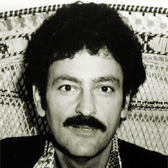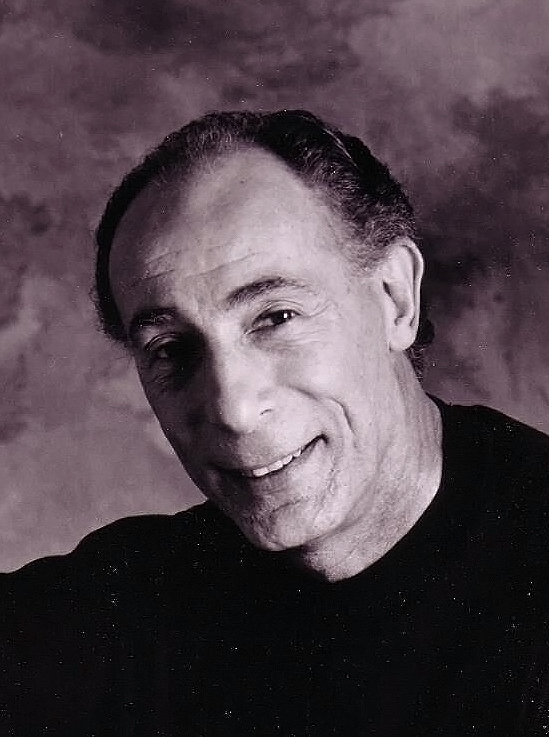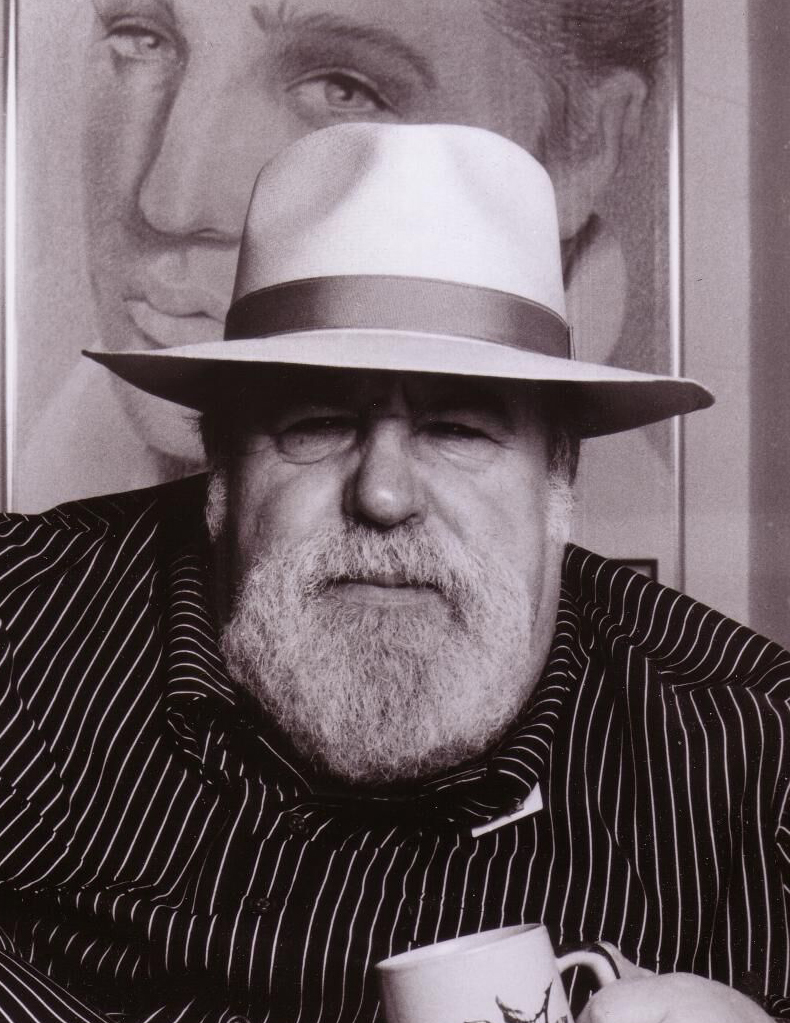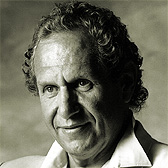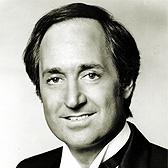
Teen pop superstar wrote over 500 songs, and had dozens of chart hits for himself and others
Neil Sedaka
InducteeWith partner Howard Greenfieldhad had monster hits from "Stupid Cupid" (1958) to "Love Will Keep Us Together" Grammy Song of the Year (1975)
Neil Sedaka was born in Brooklyn, New York on March 13, 1939. He was a piano prodigy as a child and later attended the Julliard School of Music.
In 1956, he was seleceted by Arthur Rubenstein to perform on New York City’s classical music station, WQXR. However, prior to that, at the age of 13, he had met and befriended Howard Greenfield. Both lived in the same apartment building in Brooklyn's Brighton Beach section. They didn't know of each other's existence until Greenfield's mother had a chance meeting with the young Sedaka in a Catskills Mountain resort. Suggesting to the juvenile pianist that "You should meet my son; he writes great lyrics," Mrs. Greenfield arranged the meeting (in the same apartment complex) and what was to become the most productive and successful team from the Brill Building was formed.
Soon, Greenfield, the budding poet, and Sedaka, the 13-year-old piano student at the Juilliard School, had become a team, and established a regimen of writing a song a day, a routine they continued for nearly two years. At the same time, they began making the rounds together in Broadway's Brill Building, one of several major centers for writers and producers of pop music. During one of their music publisher visits, they met what was to become another brilliant songwriting duo of the era, Mort Shuman and Doc Pomus, who steered them to another office in another music business center known as 1650 Broadway, where a new publishing company was just being formed by the veteran music man, Al Nevins, and his younger partner, Don Kirshner.
Hearing some of the material as Sedaka played the piano and sang, and Greenfield watched for hopeful reactions, Nevins commented, "Where did you steal these songs?" Finally convinced they were on the level, Nevins signed the pair. Thereupon, an association began which was to last, off and on, for the next 36 years, and which was interrupted only by Greenfield's death in 1986.
The new team enjoyed its first major hit in 1958, when Connie Francis recorded their song, "Stupid Cupid," into immortality. In 1959, Sedaka was signed with RCA as a singer. He had a minor hit with “The Diary”, but it was his fourth single, “Oh, Carol!”, a lament to his former girlfriend Carole King, that established Sedaka as a performer. From 1959 to 1963, Sedaka became the second-biggest selling artist, next to Elvis Presley. Sedaka primarily sang those songs composed with Greenfield such as "Happy Birthday, Sweet Sixteen," "Calendar Girl" and "Breaking Up Is Hard to Do."
In the early 1970’s, Sedaka moved to England and performed an oldies show on the northern club circuit. After several years out of the studio, the oldies show revived his career.
In 1975, Greenfield, with Sedaka, enjoyed an immense new run of success, sparked by their song, "Love Will Keep Us Together" a hit not only for Sedaka himself, but for the duo, The Captain and Tenille. The song actually launched their hit record career, and their version went on to be acclaimed "Number One Record of the Year," by The National Academy of Recorded Arts and Sciences (NARAS). The song itself was accorded a tribute by the performing rights organization, Broadcast Music, Inc. (BMI) as the most performed song (on radio) during 1975.
From 1972-1976, Sedaka recorded 5 albums with several hits including “Standing on the Inside”, “That’s Where the Music Takes Me”, “Our Last Song Together,” inspired by the breakup of the Sedaka-Greenfield parnership, and “Laughter in the Rain”.
Sedaka continued writing and producing albums till the end of the 1970’s and through the 1980’s. He teamed with Philip Cody and other lyricists and has continued to achieve recognition as one of the great singer-songwriters of his generation.


